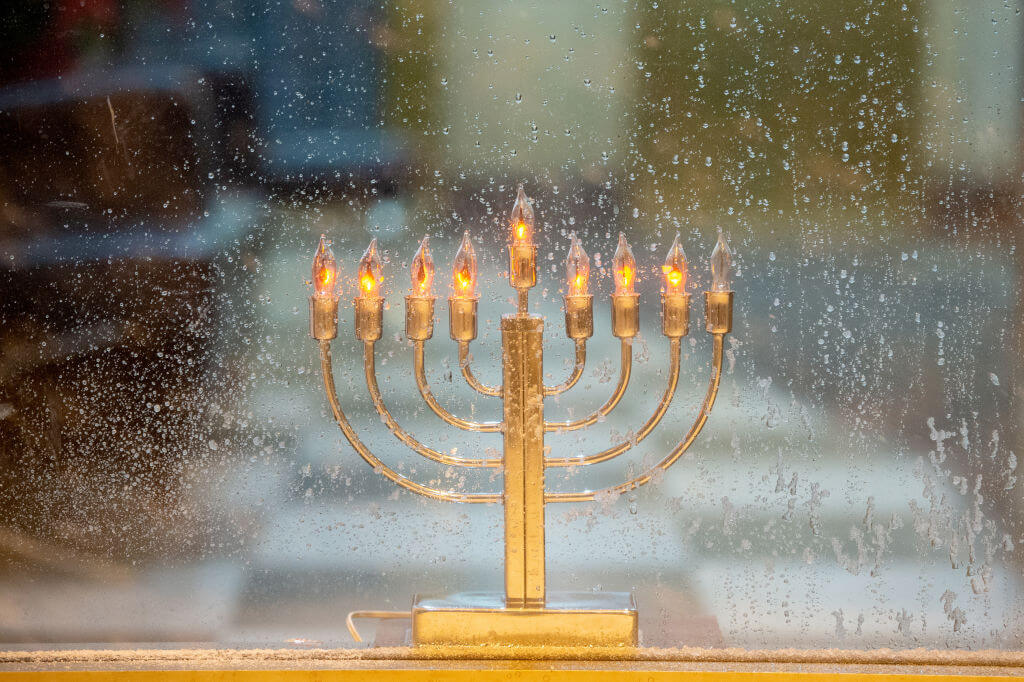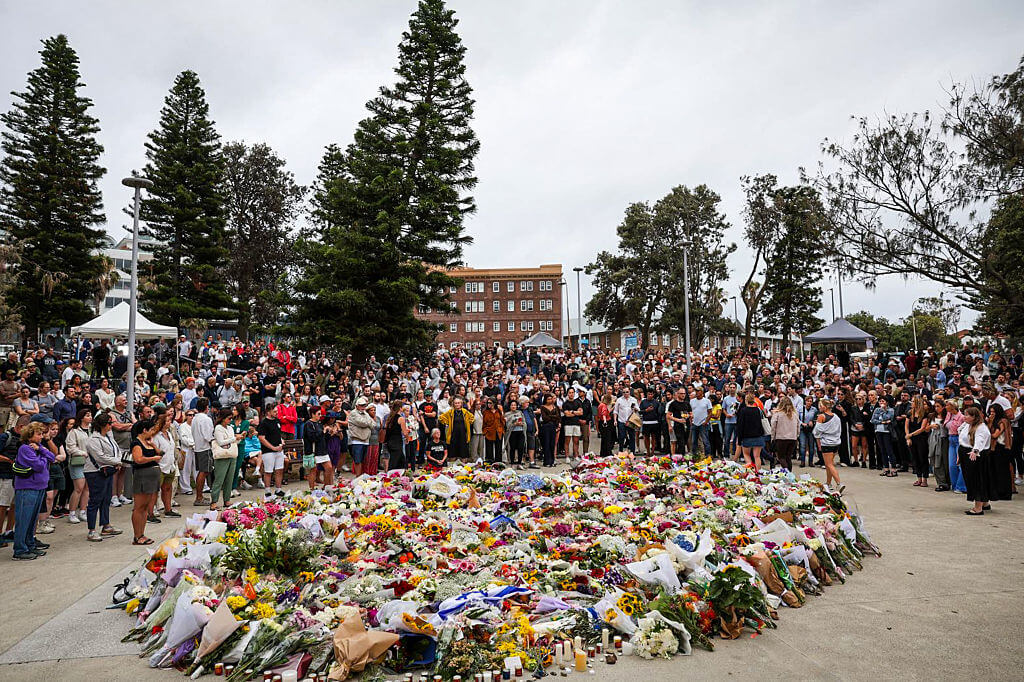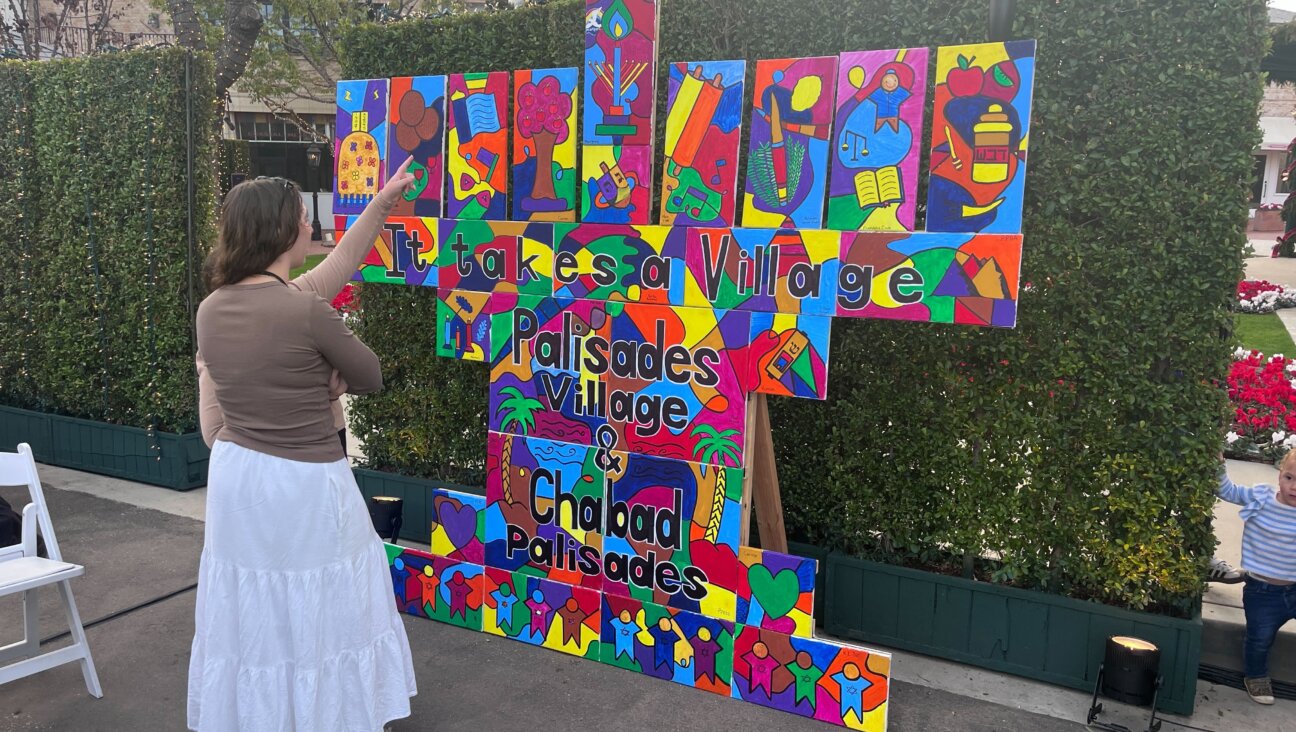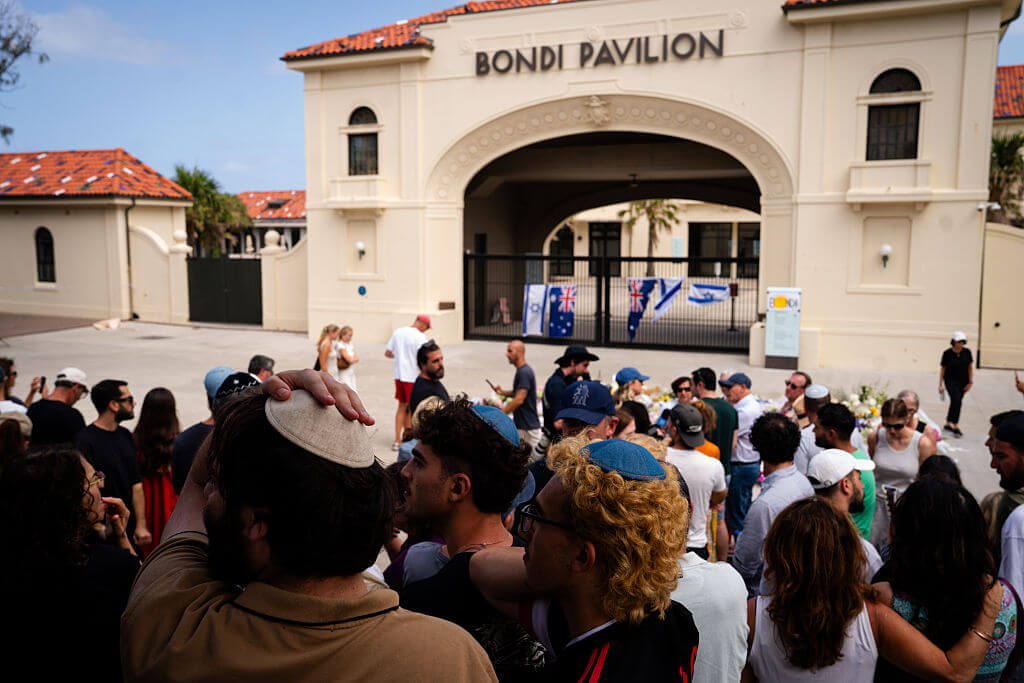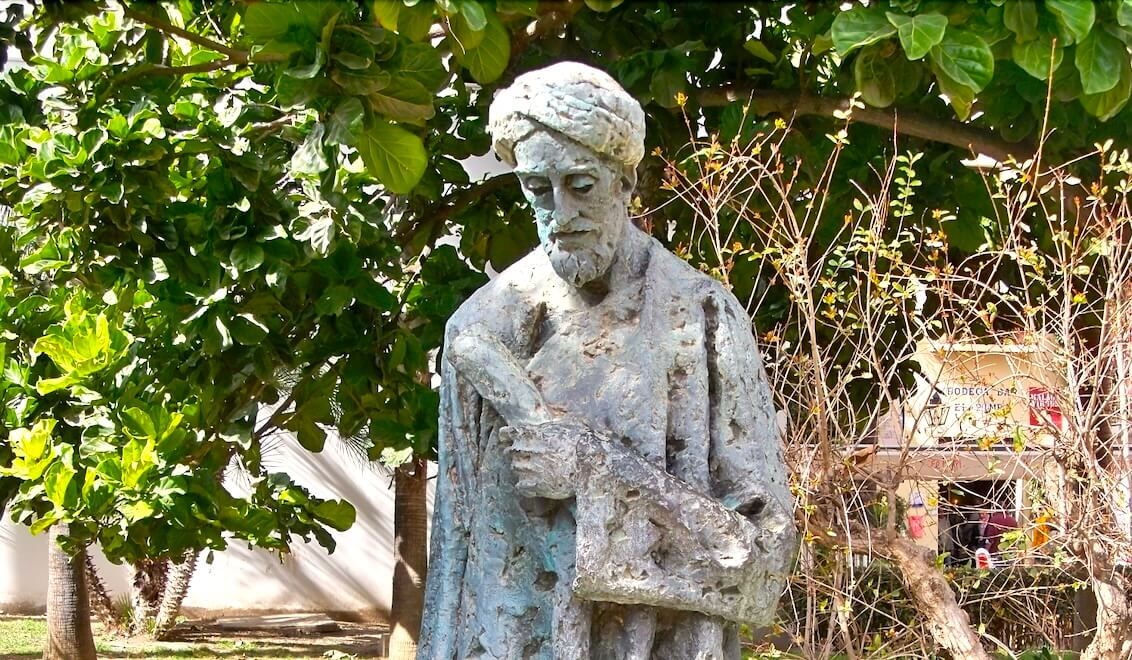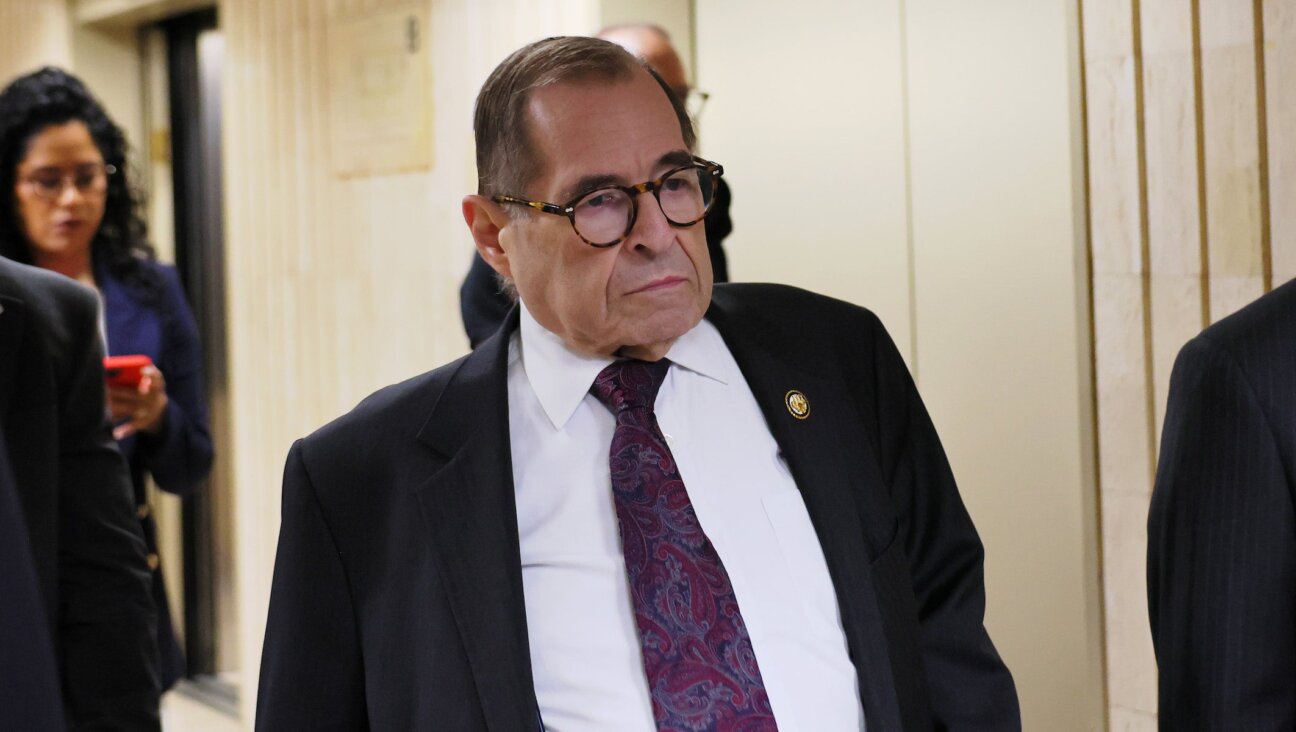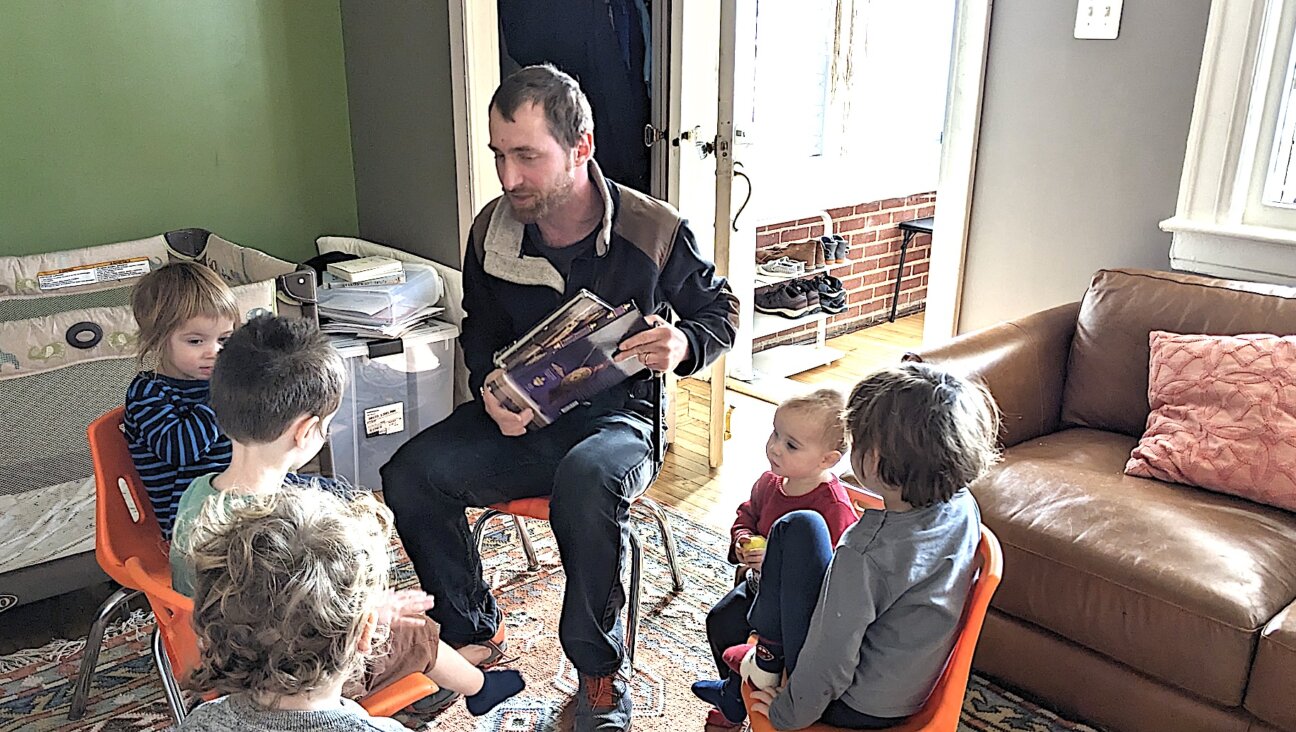Sharing Painful Memories Reveals Many Unexpected Connections
I have just returned home after spending the weekend with several thousand fellow Holocaust survivors. We gathered in Washington, D.C., most of us brought together by the notion that this collective minyan may well be our last. We have reached our golden years — we who once lived as if each day, each hour, would surely be our last.
We gathered to remember and reflect and, even six decades after the Holocaust, to search for anyone who may have been from our towns or known our families or what happened to them. We gazed into each others eyes searching for a connection, but seemed merely to find that look of loss and sorrow that only survivors seem to have. We who were once without bread and hope, who lost families and friends in the murderous whirlwind — we gathered and cried as we exchanged and shared pictures of our grandchildren.
Many of the survivors hesitate to speak of their past. They feel as though the camps and ghettos contain no memories to honor — that the years after liberation are the ones to share — as if they could somehow erase what came before by starting the story with their second life.
But I am here to say, to bear witness, to the fact that once you tell your story, you may find that it can bring healing. By telling my story, I have not just filled in the empty spaces of my past for my children, but for the children of other survivors, and for the children of liberators as well.
When my memoir, “The 23rd Psalm,” was published last November by The University of Wisconsin Press, I thought that outside of a few friends and my own small family, no one would want to know of my struggles and suffering. But before the book was even in print, the first powerful connection was made.
Margaret Walsh, an editor at The University of Wisconsin Press, and my daughter Anna made a surprising discovery about a special connection between them. One of the photographs included in my memoir was one taken of me and three fellow prisoners by an American soldier on the day we were liberated. I found the photo in a book about the 82nd Airborne in the Pentagon, where I worked most of my career. In the photo, we walked arm in arm as we took our first steps as free men.
Margaret’s task was to ascertain the need for reprint permission in order to include that important photograph in my memoir. While looking through the book about the 82nd Airborne, she realized it included the unit in which her father had served, and was thrilled to find his picture in a battalion group photo. Margaret’s father, William Walsh — who was awarded two Purple Hearts and the Distinguished Service Cross and died in 1992 — was one of the handful of young American soldiers who had liberated the Wöbbelin concentration camp in Germany as I stood on the other side of the barbed wire.
Upon hearing the news, I traveled with my daughter Anna Eisen to Wisconsin to meet William Walsh’s widow, children and grandchildren and to fill in the blanks of their own loved one’s past. His children shared with us memories and stories of that day in 1945 as told to them by their father, and I shared what I could offer about the American soldier’s great kindness and compassion for those of us still barely alive.
It proved to be only the first of many connections.
One of the other prisoners in the picture taken on the day of liberation was Emil Ringel. Emil was my friend in the camps, a precious relationship during terrible times when one often relied on a friend just to stay alive. He had shared his meager rations of food with me. Emil let me lean on him for strength and against him for warmth and when he had nothing left but his own flickering hope — he shared that with me too.
Emil came to the United States before me. When I ran into him at a movie theater in Manhattan, it came as a complete and welcome surprise. He introduced me to my future wife and we renewed our friendship. Sadly, Emil died too soon and too young. He left behind a loving wife and two beautiful children, who had not had enough years with their father to learn of his experiences during the Holocaust.
In my memoir I often speak of Emil — and in a way, I have tried to speak for Emil. While meeting with his family at an author event at The Museum of Jewish Heritage in New York City, they discovered the photo at the end of the book and recognized that one of the other gaunt prisoners in the picture was their father. My story had become theirs.
Throughout the last year, traveling and speaking about my memoir and my past, I have met many strangers who have read the book and discovered that we are linked through the pages and passages about those difficult years so long ago. Other survivors and liberators and their children have looked into my past, trying and hoping to find a piece of their own. Once I was contacted by a young man looking for information about his family from a Polish town called Nowy Sanz. Sadly, I did not know his family but I had been with other prisoners from that town and could speak to him about their courage and kindness. I told him of an incident in which someone from Nowy Sanz, whose name I had never learned, had picked me up and carried me when I could not walk and saved my life.
So here I am, back after the tearful gathering and this is what I wish for other survivors: tell your story. Tell your truth and you will know as I do – that it is not your story alone but also the story of 6 million who perished. It is the story of the prisoners who suffered alongside us and the story of the soldiers who rescued us. It is the story of them and for them and for their children who need to know that their fathers were our friends and heroes.
George Salton immigrated after liberation to the United States, where he earned degrees in physics and engineering and had a successful career in the U.S. Department of Defense and private industry.

